ow to Grow Dragon Fruit
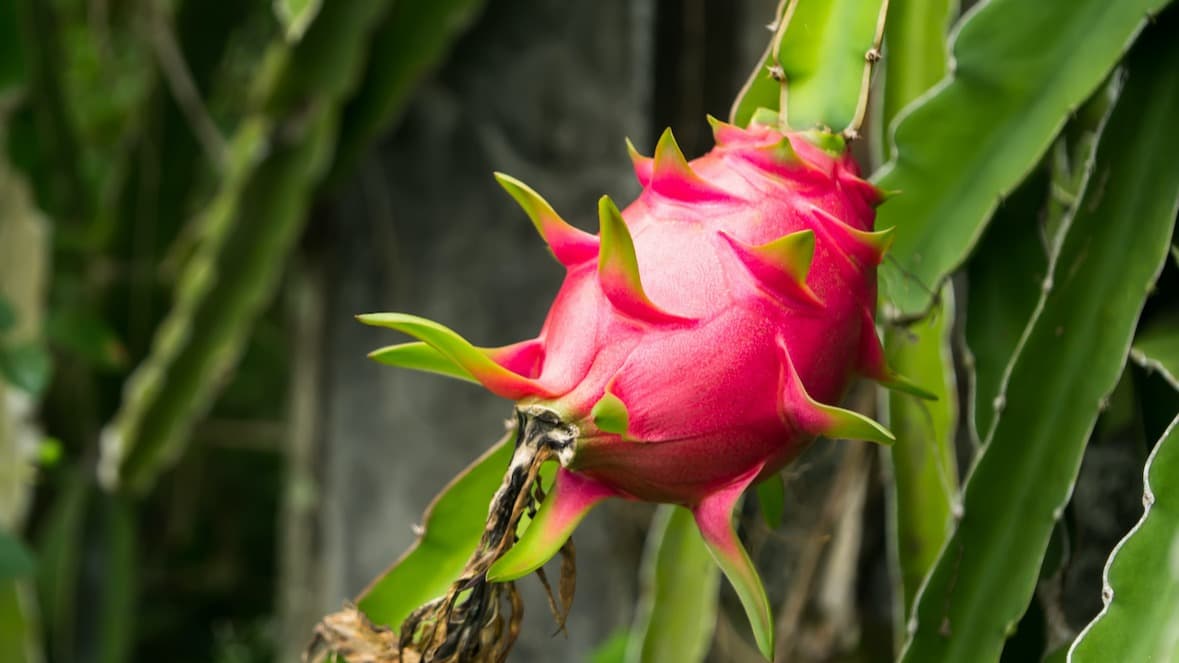
What Is Dragon Fruit?
The dragon fruit plant is a large, climbing cactus plant that grows tall, thick, succulent-like branches, and produces vivid red or yellow fruit. The fruit of a dragon fruit plant (called dragon fruit, pitahaya, pitaya, strawberry pear, or cactus fruit) is dense, juicy, and sweet—great for eating raw, chopping up to include in salads, or blending for smoothies or ice cream.
As if all that weren’t enough, dragon fruit plants also produce some of the largest flowers in the world, often called “night-blooming cereus,” which bloom for one night only as gorgeous white flowers and fill the air with a unique tropical scent.
Meet One of Your New Instructor
3 Types of Dragon Fruit
There are three varieties of dragon fruit that home gardeners grow:
- 1. Hylocereus undatus. This is the most common variety of dragon fruit, with red or pink skin and white flesh.
- 2. Hylocereus megalanthus. This dragon fruit has yellow skin and white flesh.
- 3. Hylocereus costaricensis. This dragon fruit has red skin and red or purple flesh.
Best Climate for Growing Dragon Fruit
Even though dragon fruit is in the cactus family, it’s not like the cacti you typically see in the desert—in fact, dragon fruit is a subtropical cactus originally from Central America and South America, meaning that it thrives in mild, humid environments. To successfully grow dragon fruit, you’ll need to make sure the plant stays in temperatures only between 32 and 90 degrees Fahrenheit, which is limited to USDA hardiness zones 10 and 11 (parts of southern California and Florida).
If your climate is too cold or too warm outside for dragon fruit, you can also successfully grow a dragon fruit plant inside in a pot.
How to Grow Dragon Fruit From a Seed
An easy way to grow your own dragon fruit cactus is by buying a dragon fruit at the grocery store and planting the seeds. However, be aware that if you grow a dragon fruit plant from a seed, it may take several years (sometimes as many as five) before it begins bearing fruit.
- 1. Prepare the soil bed. Dragon fruit needs full sun, so choose a sunny area in your garden or a sunny windowsill that gets at least six hours of sunlight a day. For the soil, choose potting soil that is well-draining (dragon fruits are sensitive to “wet feet,” or consistently wet roots) and rich in organic matter. Don’t use cactus soil—as tropical plants, dragon fruits like more water than other cacti and want something that retains moisture slightly better.
- 2. Prepare the seeds. Cut a ripe dragon fruit in half and scoop out the black seeds. Wash off the fruit flesh and pulp from the seeds and lay out the seeds on a moist paper towel for at least twelve hours.
- 3. Plant the seeds. Sprinkle the dragon fruit seeds across the soil surface and cover with a thin layer of soil. It’s okay if it barely covers the seeds—they don’t need to be planted deep.
- 4. Water. Water or mist the soil bed consistently, keeping it evenly moist. If your soil tends to dry out, cover the soil bed with plastic wrap to trap moisture in until the seeds germinate.
- 5. Thin and transplant. As your dragon fruit seedlings continue to grow, thin them to give each new plant room. If you’re growing them indoors, transplant them to larger pots. A mature dragon fruit will eventually need at least a twenty-gallon pot (that’s at least twenty inches wide) for optimal health.
- 6. Support. Once your dragon fruit plant reaches twelve inches tall, it will need a support system to continue to grow—after all, dragon fruits are climbing cacti. Set up a trellis or wood stake that your plant can grow up.
How to Plant Dragon Fruit From Cuttings
Dragon fruit plants can grow from a cutting of a mature plant. To grow a dragon fruit from a cutting:
- 1. Prepare the soil bed. Dragon fruit needs full sun—choose a sunny area in your garden or a sunny windowsill that gets at least six hours of sunlight a day—and good drainage to avoid “wet feet.”
- 2. Trim a cutting from a mature plant. Using garden shears, carefully cut a twelve-inch branch from an established dragon fruit plant. Be careful not to take too much of the plant—cutting it back too harshly will stunt its growth.
- 3. Cut up the cutting. Cut the dragon fruit cutting into three to five pieces. Each of these pieces can propagate a new dragon fruit plant. Make sure you keep track of what direction is “up” for each cutting—when you plant them, you’ll need to plant them upright to allow them to grow properly. Feel free to brush some fungicide onto each cutting to help prevent disease, but this isn’t necessary.
- 4. Cure the cuttings. Leave the cuttings in a warm, dry place to allow them time to heal around the edges. Once the tips of the cuttings turn white, they’re ready—this can take from two days to one week.
- 5. Plant the cuttings. Plant each cutting by placing the base an inch or two beneath the soil and pressing the soil around it to keep it secure and upright. Make sure you plant the cutting in the same direction the original branch was growing—the end closer to the base of the original dragon fruit plant should be the end planted in the soil, and the end closer to the tip of the original branch should be poking out of the soil surface.
- 6. Water. Water or mist the soil bed consistently, keeping it evenly moist. You should start to see new growth and a developing root system in three or four weeks.
- 7. Transplant. If you’re growing your cuttings indoors, transplant them to bigger pots or to a garden bed with the appropriate climate as they grow bigger.
- 8. Support. Once your dragon fruit plant reaches twelve inches tall, it will need a support system to continue to grow—after all, dragon fruits are climbing cacti. Set up a trellis or wood stake that your plant can grow up.
How to Care for a Dragon Fruit Plant
Once planted, dragon fruit don’t need much special care to thrive:
- Water. Dragon fruit need moist soil to mimic their subtropical environment, so be sure to keep the soil evenly moist and don’t let it dry out completely. At the same time, avoid overwatering, which will make the soil wet and soggy—dragon fruit plants don’t like “wet feet.”
- Support. As a climbing cactus, a dragon fruit plant needs to have some kind of support to grow up. You can plant it under a trellis, beside a fence, or with a wood stake or climbing pole with good results.
- Prune. To keep your plant disease-free and growing properly on its support system, prune back any dead, dying, diseased, or overcrowded branches.
- Fertilize. During the growing season, fertilize your dragon fruit plant once a month to give it the nutrients it needs.
- Pollinate. Dragon fruit plants rely on the work of nocturnal pollinators like moths and bats to help them produce fruit. If you’re growing yours as a house plant indoors, you’ll need to turn to hand-pollination when it blooms: swirl a clean cotton swab or paintbrush in the middle of the flower to gather pollen, then brush the pollen onto the flower’s stigma, a tall branching part in the middle of the flower. Certain varieties of dragon fruit are self-pollinating while others require another plant for cross-pollination—check to see what variety you have and if you need more than one plant to produce fruit.
- Keep at temperature. Dragon fruit plants are not hardy in cold or hot weather, so make sure you can keep your plant between 32 and 90 degrees Fahrenheit—around 70 degrees is perfect. If your area is warm during the summer months but too cold during the winter months, bring your plant inside when the weather cools to keep it warm.
How to Harvest Dragon Fruit
Once your dragon fruit tree has started fruiting, harvesting is easy. Look for well-colored fruits whose “wings” (the flaps of skin on the outside of the fruit) have started to wither. Twist the fruit gently—if it’s ripe, it will easily give way from the stem. Don’t wait for the fruit to fall from the stem on its own; it’ll be overripe.
Unpeeled dragon fruit can last several days on the countertop or up to two weeks in the refrigerator.



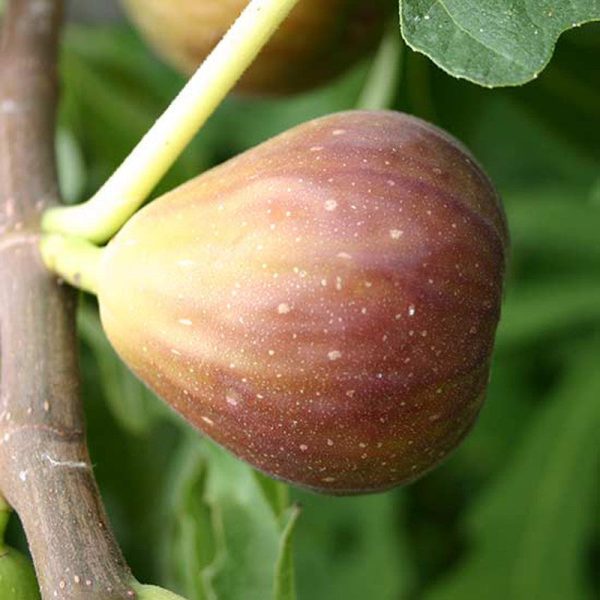




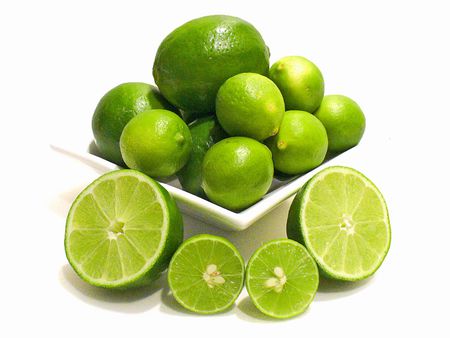

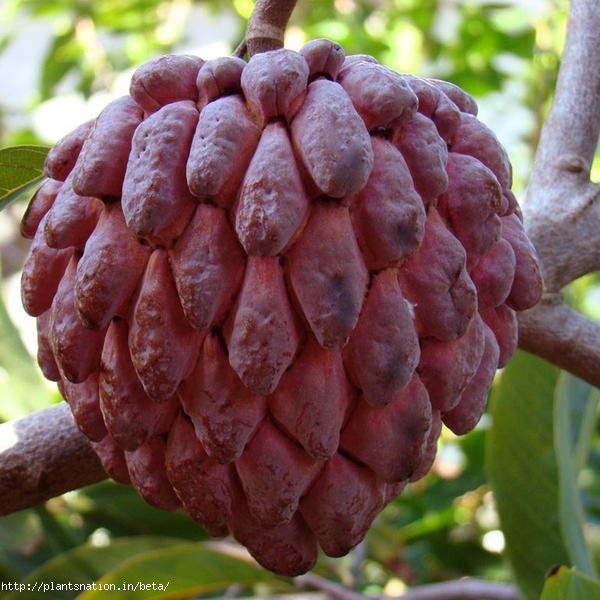

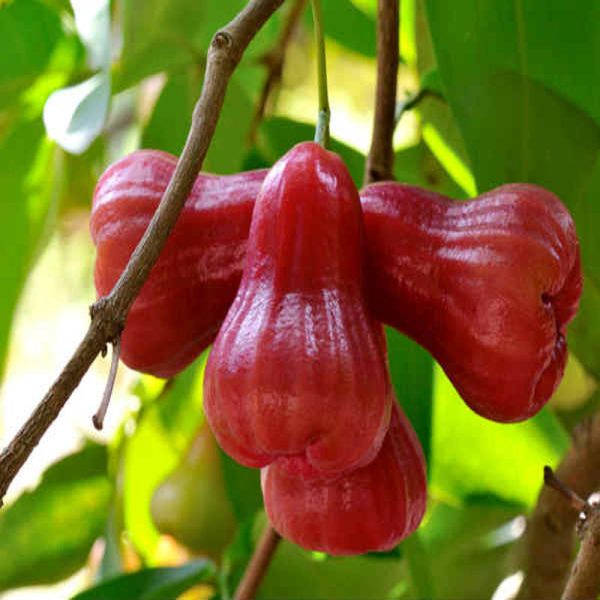


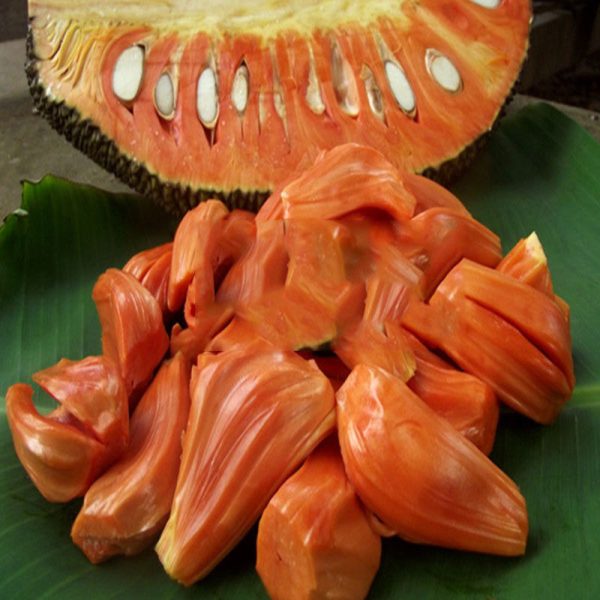
Reviews
There are no reviews yet.